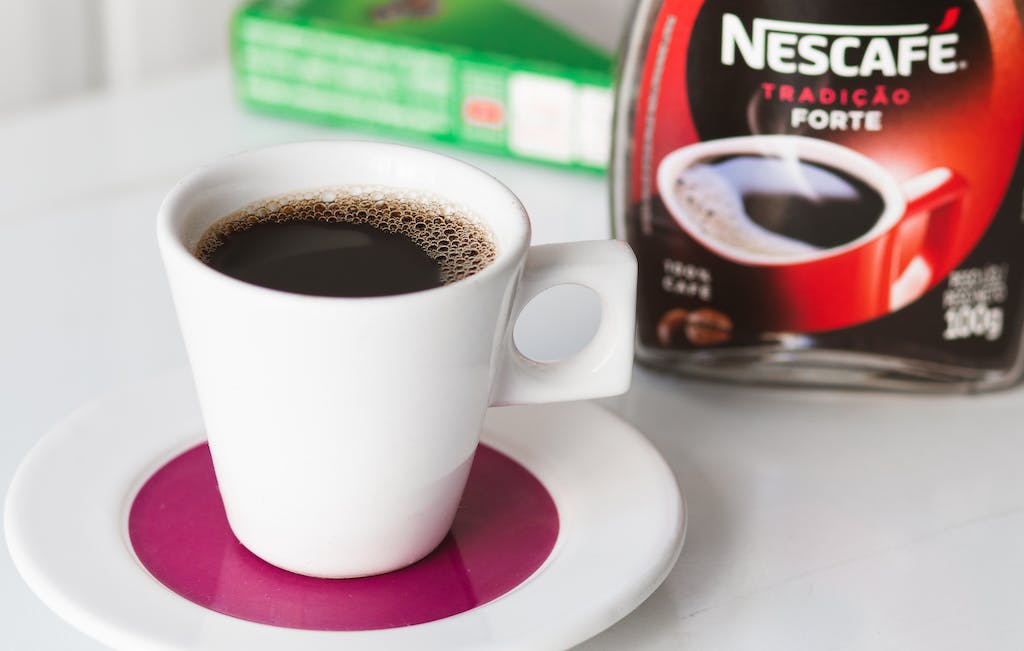Best Coffee Grind for French Press for Optimal Flavor
There are some affiliate links below, but they are all products I highly recommend. For more info, view my disclosure here.
If you’re a coffee lover, you know that the perfect cup of coffee starts with the right grind. When it comes to French press brewing, choosing the best coffee grind can make all the difference in the taste and quality of your coffee. In this article, we’ll explore the different types of coffee grinds and help you determine the best grind for your French press.
French press brewing is a popular method for making coffee that involves steeping coffee grounds in hot water and then pressing them through a mesh filter. The result is a rich, flavorful cup of coffee that is full-bodied and satisfying. But to achieve the perfect cup, you need to use the right coffee grind.
The grind size affects how quickly the coffee releases its flavor and aroma, and how much sediment ends up in your cup. So, what’s the best coffee grind for French press brewing? Let’s find out.
To make great coffee with a French press, you need to choose a coffee grind that is coarse and consistent. A coarse grind allows the coffee to steep slowly, releasing its flavor and aroma gradually. It also reduces the amount of sediment that ends up in your cup, resulting in a cleaner, more enjoyable cup of coffee.
But not all coarse grinds are created equal. In the next section, we’ll explore the different types of coffee grinds and help you determine which one is the best for your French press.
Understanding Coffee Grind Sizes
When it comes to brewing coffee using a French press coffee maker, the right grind size can make all the difference. Understanding coffee grind sizes is crucial to achieving the perfect cup. In this section, we’ll explore the different types of coffee grinds and their impact on brewing in detail.
Coarse vs Fine: What’s Best for French Press?
When it comes to French press coffee, a coarser grind is generally recommended. This is because a coarser grind allows for a slower extraction process, which results in a richer and more full-bodied cup of coffee. On the other hand, a finer grind can lead to over-extraction, resulting in a bitter taste.
Coffee Grind Size Chart and Its Impact on Brewing
The right grind size can make all the difference in the quality of your coffee. Here’s a coffee grind size chart to help you determine the right grind size for your French press:
- Coarse grind: This is the best grind size for French press coffee. It has a rough texture and is similar to sea salt.
- Medium grind: This grind size is suitable for drip coffee makers and pour-over coffee. It has a texture similar to sand.
- Fine grind: This grind size is suitable for espresso machines. It has a texture similar to sugar.
- Extra-fine grind: This grind size is suitable for Turkish coffee. It has a texture similar to flour.
Choosing the right grind size is crucial to achieving the perfect cup of coffee. A coarser grind is generally recommended for French press coffee, but it’s important to experiment with different grind sizes to find the perfect grind for your taste.

Selecting the Right Coffee Grinder
When it comes to making the perfect cup of French press coffee, selecting the right coffee grinder is crucial. A good coffee grinder will provide you with a consistent grind, which is essential for achieving the perfect flavor and aroma. In this section, we will discuss the two main types of coffee grinders and why a consistent grind is important for French press coffee.
Blade vs Burr: Which Should You Choose?
There are two main types of coffee grinders: blade and burr. Blade grinders are the most common and affordable type of coffee grinder. They use a spinning blade to chop the coffee beans into small pieces.
While blade grinders are a good option for those on a budget, they do not provide a consistent grind. The coffee grounds produced by a blade grinder can vary in size, which can result in an uneven extraction and a less flavorful cup of coffee.
On the other hand, burr grinders use two revolving abrasive surfaces (burrs) to crush the coffee beans into a consistent size. There are two types of burr grinders: flat burr and conical burr.
Conical burr grinders are the preferred choice for French press coffee as they provide a more uniform grind. While burr grinders are more expensive than blade grinders, they are worth the investment if you are serious about making the perfect cup of French press coffee.
Why a Consistent Grind Matters for French Press
A consistent grind is essential for French press coffee as it allows for an even extraction. When the coffee grounds are of different sizes, the smaller particles will over-extract, while the larger particles will under-extract.
This can result in a bitter and sour taste. A consistent grind will ensure that all the coffee grounds are extracted evenly, resulting in a smooth and flavorful cup of coffee.
To achieve a consistent grind, it is important to use whole beans and a good quality coffee grinder. Burr grinders are the best option for French press coffee as they provide a more uniform grind.
It is also important to adjust the grind size to suit your taste preferences. For French press coffee, a coarse grind is recommended as it allows for a slower extraction and a fuller flavor.
Selecting the right coffee grinder is crucial for making the perfect cup of French press coffee. A burr grinder is the preferred choice for achieving a consistent grind, which is essential for an even extraction and a flavorful cup of coffee.
The Brewing Process Explained
If you’re looking to make the perfect cup of French press coffee, it’s important to understand the brewing process. Here’s a breakdown of what goes into making a great cup:
Steps for the Perfect French Press Coffee
- Start by heating your water to the desired temperature. For French press coffee, it’s recommended to use water that’s between 195-205°F (90-96°C).
- Grind your coffee beans to a coarse consistency. This will allow the coffee to steep evenly and prevent over-extraction. Aim for a grind that’s similar to sea salt.
- Add the coffee grounds to your French press. The general rule of thumb is to use one tablespoon of coffee for every four ounces of water.
- Pour hot water over the coffee grounds, making sure to saturate them completely.
- Let the coffee steep for 4-5 minutes, depending on your preference.
- Slowly press down on the plunger, separating the coffee grounds from the liquid.
- Pour the coffee into your mug and enjoy!
Adjusting Brew Time and Water Temperature
One of the great things about French press coffee is that you can adjust the brew time and water temperature to your liking. Here’s a guide to the best French press water temperature. If you prefer a stronger cup, try increasing the amount of coffee grounds or steeping for a longer period of time. If you like a milder cup, reduce the amount of coffee grounds or steep for a shorter period of time.
Similarly, adjusting the water temperature can also affect the taste of your coffee. If you find that your coffee is too bitter, try using cooler water. If it’s too weak, use hotter water.
Keep in mind that the type of coffee beans you use will also affect the flavor of your coffee. Experiment with different roasts and origins to find the perfect blend for your taste buds.

Coffee Beans and Roasts
Choosing the Best Coffee Beans for French Press
When it comes to making the perfect cup of French press coffee, the type of coffee beans you choose is crucial. Look for beans that are specifically labeled as “French press” or “coarse grind” to ensure that the beans are suitable for this brewing method.
In terms of the best coffee beans for French press, medium roast coffee beans are a popular choice. These beans are roasted long enough to develop a rich flavor, but not so long that they lose their unique characteristics. They also tend to have a balanced acidity, making them ideal for French press brewing.
The Influence of Roast Levels on Taste
The type of roast you choose can have a significant impact on the taste of your French press coffee. Dark roasted beans, for example, will have a bold and intense flavor, while light roasted beans will have a more delicate and nuanced taste.
However, it’s important to note that the roast level is a matter of personal preference. Some people prefer a rich, bold flavor, while others prefer a lighter, more subtle taste. Ultimately, it’s up to you to experiment with different roast levels and find the one that best suits your taste buds.
In summary, when choosing the best coffee beans for French press, look for medium roast beans that are specifically labeled as suitable for this brewing method. Experiment with different roast levels to find the one that best suits your taste preferences. With the right beans and roast, you can enjoy a rich, flavorful cup of French press coffee every time.
Advanced Tips and Tricks
Pre-Ground vs Whole Bean: What to Use?
When it comes to coffee for French press brewing, the choice between pre-ground and whole bean coffee can make a big difference in the taste and overall quality of your brew. While pre-ground coffee is convenient and easy to use, it can quickly lose its freshness and flavor due to oxidation and exposure to air.
On the other hand, whole bean coffee can retain its freshness and flavor for longer periods of time, but requires a grinder to achieve the proper grind size for French press brewing.
If you’re looking for the best possible taste and quality, we recommend using whole bean coffee and grinding it just before brewing. This will ensure that the coffee is as fresh as possible and that you can achieve the perfect grind size for your French press.
However, if you’re short on time or don’t have access to a grinder, pre-ground coffee can still produce a decent cup of coffee.
The Role of Water Quality in French Press Brewing
The quality of the water you use for French press brewing can also have a significant impact on the taste and quality of your coffee. We recommend using filtered water to remove any impurities or minerals that can affect the taste of your coffee.
The ratio of water to coffee is also important. A general rule of thumb is to use a ratio of 1:15 (one part coffee to 15 parts water) for French press brewing.
By using high-quality water and the correct water-to-coffee ratio, you can ensure that your French press coffee is flavorful and balanced. Remember to experiment with different coffee beans, grind sizes, and brewing techniques to find the perfect cup of coffee that suits your taste preferences.


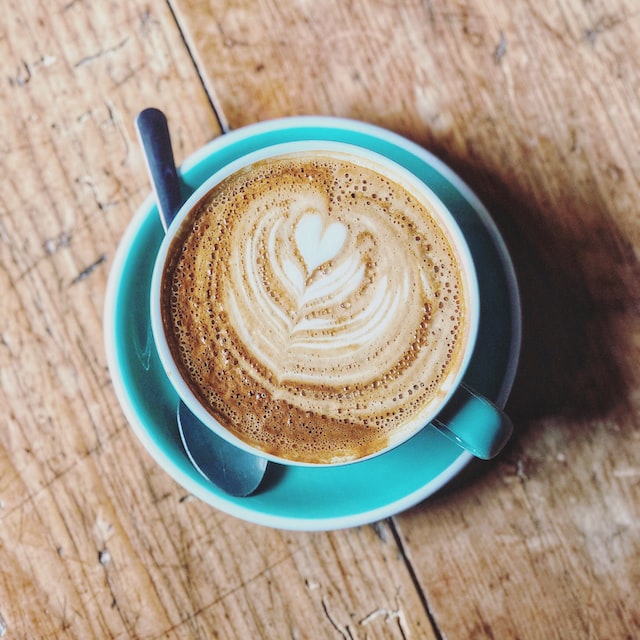
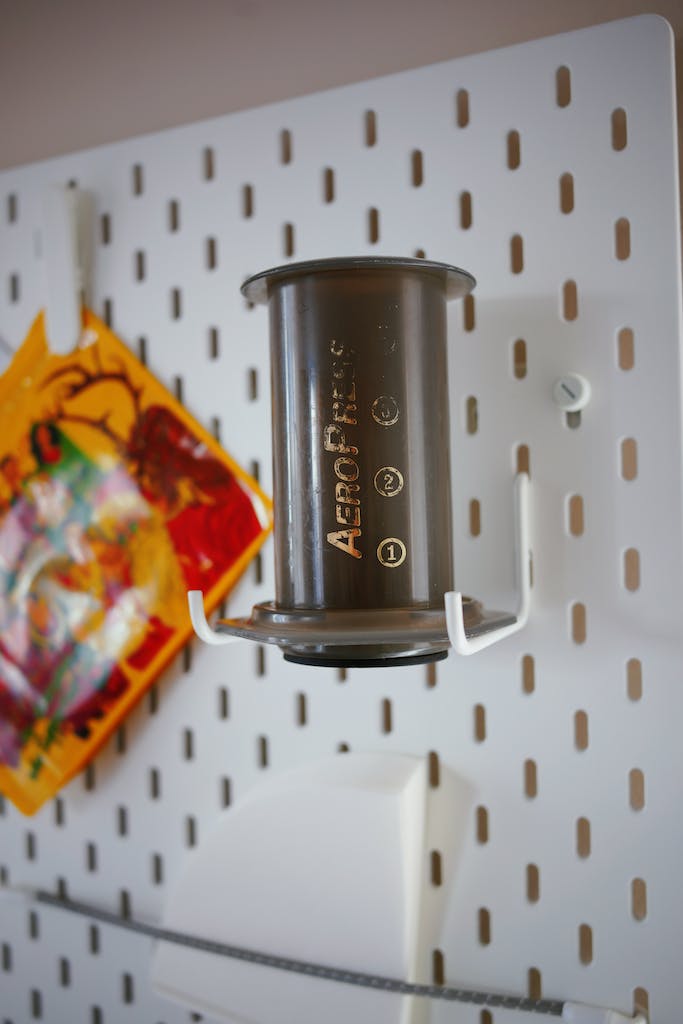
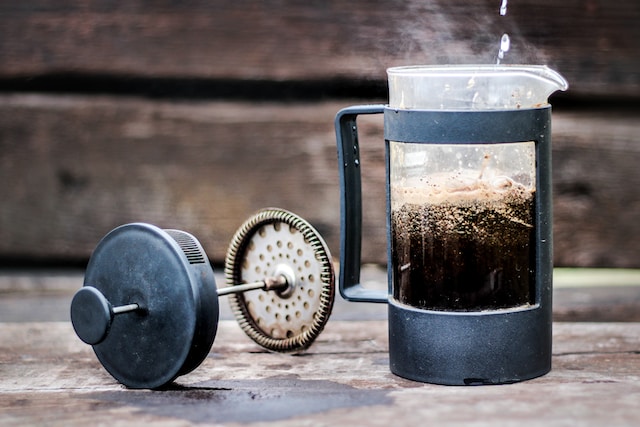
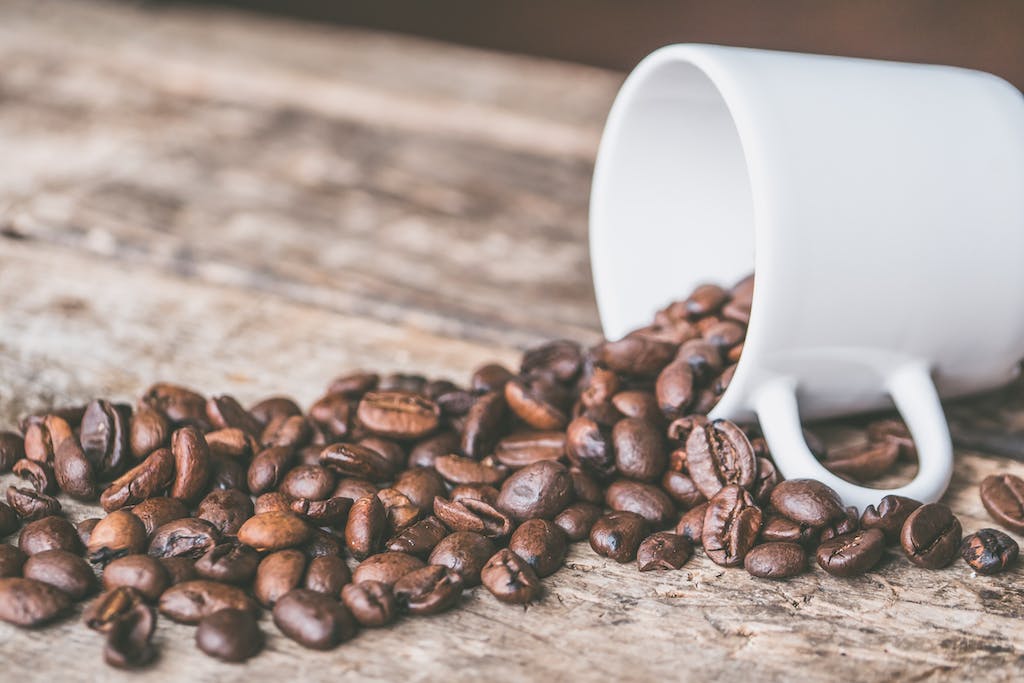
![How to Make Cold Brew Coffee at Home Without Special Equipment [Easy Guide] 9 A barista prepares an iced coffee using drip filters in a coffee shop setting.](https://coffeebeanscene.com/wp-content/uploads/2025/06/a-barista-prepares-an-iced-coffee-using-drip-filters-in-a-coffee-shop-setting.-5946976-scaled.jpg)
